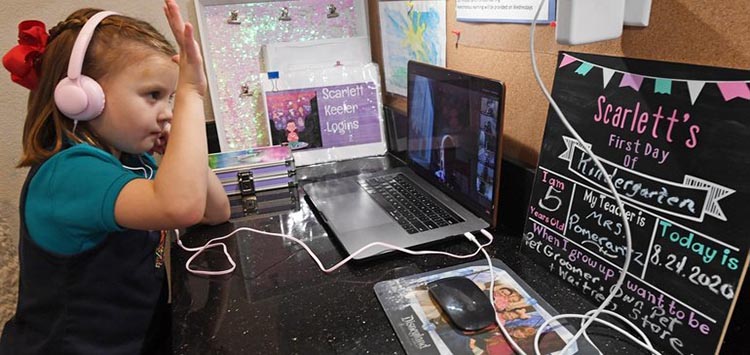
From K-12 Dive
By Shawna De La Rosa
Sept. 20, 2021
Dive Brief:
New research from Next Generation Learning Challenges examines what school districts did to successfully pivot due to the COVID-19 pandemic, finding those that did so most effectively had existing practices in place prior to closures, and that many attributed positive school cultures and strong relationships to their success.
Of the 70 schools and districts that participated in the research, 84% reported an emphasis on healthiness of culture, strong relationships between adults and students, and the ability to adapt. Leadership was cited as an important factor by 79% of the respondents, and 74% emphasized a focus on student-centered learning.
Additionally, 44% of respondents said having a strong history of high performance on common metrics such as attendance, graduation rates and academics was critical to their successful transition.
Dive Insight:
The research highlights schools like Urban Assembly Maker Academy in New York, which chose to focus primarily on a few key standards. This strategy allowed teachers to narrow their scope of planning and figure out how to deliver core subjects. The schools’ history of mastery-based learning also meant students were already aware of academic expectations and accustomed to independent learning.
Data by NWEA shows Black, Latino and Native American students saw steeper academic declines. For example, a typical 5th-grader at an affluent school dropped 7 points in their percentile placement during the pandemic, but low-income students dropped 11 points. Another statistic shows students of color lost six months of learning, while White students lost an average of four months.
As districts recover and prepare for the future, policymakers can use the lessons learned over the last 18 months, such as focusing on teaching the “whole child.” Districts can address problems like food insecurity among students and connecting them — and their families — to basic needs. Schools need flexibility to adapt to changing needs at a moment’s notice.
Schools should also continue to grow their remote learning ecosystems — not just in preparation for potential future needs to re-implement distance learning, but also to close the homework gap. By making sure all students have access to devices and a connection to high-speed internet, districts ensure all students have the opportunity to be successful, which will help improve equity.
Photo: Ethan Miller via Getty Images
Read this and other stories at K-12 Dive

